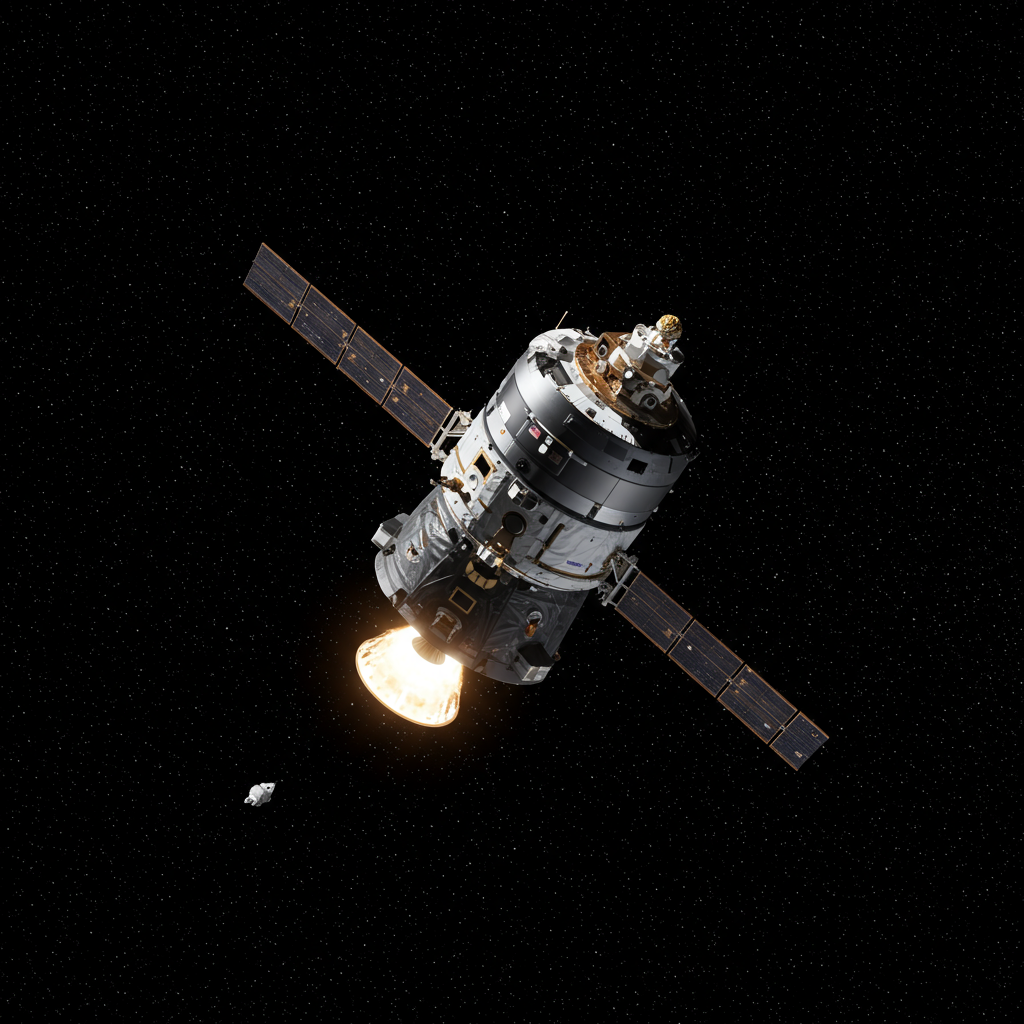The astronomy community recently celebrated a major milestone: the release of the first breathtaking images from the long-awaited Vera C. Rubin Observatory. However, this excitement is significantly overshadowed by widespread concerns over proposed severe budget cuts targeting the National Science Foundation (NSF), the primary agency funding ground-based astronomy in the United States.
First Glimpse of the Universe Through Rubin’s Eyes
Unveiled at a press conference, the initial images from the Vera C. Rubin Observatory offer a tantalizing preview of its extraordinary potential. Located in Chile, this state-of-the-art facility features an 8.4-meter telescope equipped with a massive 3,200-megapixel camera. Its unique design allows it to scan vast swathes of the night sky every few nights, creating an unprecedented survey.
These first images, captured during just over 10 hours of test observations, have already delivered remarkable results, revealing millions of galaxies and leading to the discovery of thousands of previously unknown asteroids. Astronomers predict that data from the Rubin Observatory will be transformative, playing a crucial role in diverse fields from understanding planetary formation to exploring the mysteries of cosmology, including dark energy and dark matter.
Brian Stone, acting director of the NSF, highlighted the observatory’s ambitious scope, stating, “Rubin Observatory will capture more information about our universe than all optical telescopes throughout history combined.”
The construction of the Rubin Observatory was a significant undertaking, with the NSF providing a substantial $571 million towards the project’s $810 million total cost. The Department of Energy’s Office of Science was the other major partner, funding the development of the observatory’s powerful camera.
A Cloud of Uncertainty: Proposed NSF Budget Cuts
Despite the groundbreaking debut of the Rubin Observatory, its future, along with that of many other critical astronomical facilities, faces uncertainty. The celebration coincides with the administration’s proposed fiscal year 2026 budget, which calls for drastic reductions across the NSF.
The proposal suggests slashing the overall NSF budget by a staggering 56%, dropping it from $8.83 billion in 2025 to just $3.9 billion. Funding for the Mathematical and Physical Sciences Directorate, which encompasses astronomy, would see an even steeper cut of two-thirds, falling to just over $500 million.
Adding to the anxiety, the NSF has provided minimal details regarding how these proposed cuts would specifically impact ongoing operations. This lack of clarity is particularly concerning for the Rubin Observatory, which is scheduled to begin a decade-long comprehensive survey of the southern sky. While the budget document vaguely states support for Rubin will be “emphasized,” proposing $32 million for operations (an increase from its development phase funding), the American Astronomical Society (AAS) points out that this request is still 20% less than what was previously projected as necessary for the start of full operations in 2026.
Broader Impact on US Astronomy and Science
The potential consequences extend far beyond Rubin. Other vital US astronomical facilities face even more severe fates under the proposed budget.
LIGO: Operations for the Laser Interferometer Gravitational Wave Observatory (LIGO), responsible for Nobel Prize-winning discoveries, would be cut by 40%. The proposal suggests closing one of its two sites, a move astronomers warn would significantly reduce its scientific effectiveness.
Other Observatories: Major optical, radio, and solar astronomy facilities are also slated for operational reductions. Access to iconic sites like Kitt Peak in Arizona and Cerro Tololo in Chile could be “phased out,” with telescopes potentially transferred to other organizations.
These proposed cuts to astronomy are also viewed within a broader context of the administration’s approach to science funding and research institutions. The White House has reportedly pursued efforts to freeze substantial funding (over $30 billion) across various agencies, including both NSF and NASA, targeting research and education programs using carry-over funds. The Department of Energy’s Office of Science is also facing a proposed 14% cut in its 2026 budget request. This climate of reduced funding and attempts to exert influence over research directions has caused significant unease within the scientific community, echoing other instances of pressure on academic institutions.
Frustration Over Lack of Transparency
Astronomers are not only concerned about the cuts but also frustrated by the perceived lack of transparency from funding agencies like NSF and NASA. Both agencies canceled planned town hall meetings at a recent AAS conference where they typically discuss agency matters and budget proposals. NASA also canceled a subsequent online town hall intended to discuss its science budget. Agency officials have reportedly used prerecorded presentations for updates to various scientific assessment groups, often avoiding direct questions.
This situation creates a stark contrast: the unveiling of groundbreaking potential from the Vera C. Rubin Observatory against a backdrop of deep anxiety regarding the funding landscape that could severely impede this and other major astronomical research efforts in the United States. Scientists fear these cuts could threaten US leadership in exploring the cosmos at a critical juncture of discovery.




